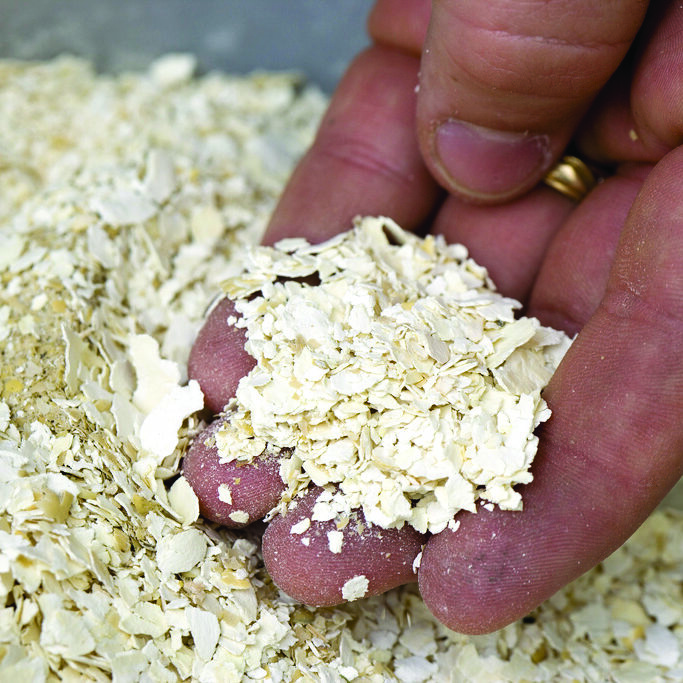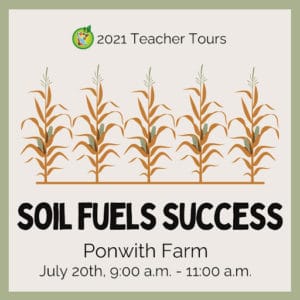Commodity: Soybeans
How much do you know about soybeans? You may be surprised to learn how many different ways they can be used. Minnesota is a major producer of soybeans. As a plant, they are part of many different food products. But they also help make other, non-edible products as well.
Many Uses for Soybeans
Soybeans are an oil seed crop: When we crush soybeans for oil, 20% of the crop is oil. The other 80% is soybean meal, which is a great source of protein and essential amino acids.
Soybean meal is used to feed livestock, including poultry, beef, and pork. The oil is used in many food items we eat, such as cooking oil, mayonnaise, salad dressing, and many prepared foods. But it is also used in many other products: Paints, soaps, crayons, newspaper ink, sunscreen, road sealants, plastics, and even Chapstick. Another major use of soybeans is in producing biodiesel. Biodiesel is diesel fuel made from vegetable oils and animal fats. It is biodegradable, and it produces less air pollutants than regular diesel.
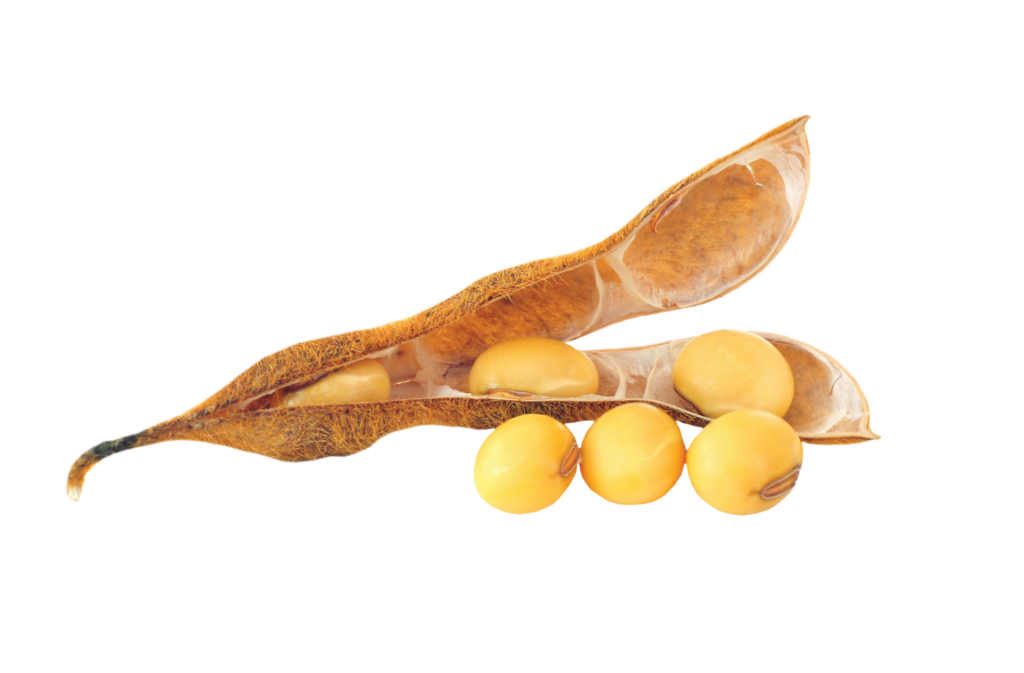

Growing Soybeans
Soybeans are grown all over the world: Brazil, Argentina, China, and the central part of the U.S. While soybeans can grow in many different types of conditions, they grow best in well-drained, loamy soils that receive about 25 inches of rain each year. Soybeans can use atmospheric nitrogen for plant growth, which means extra fertilizer is not needed.
Soybeans are harvested in late September and October by combines and are usually hauled to a processing facility where they are crushed to make soybean meal and soybean oil. These products are bought from the processing facility by food makers or other farmers and then are shipped to those places using trucks, trains, barges, or ships. In Minnesota, two out of every three semi trucks leaving the field has soybeans that will be exported to China, where they are used for animal feed.
The Soybean Plant
The soybean plant is a legume plant. In legumes and a few other plants, bacteria lives in small growths on the roots called nodules. Inside the nodules, the bacteria changes the nitrogen from the air into something the plant can use to grow. The changed nitrogen is then absorbed by the plant. This is important both in growing healthy soybeans and in helping the soil stay healthy.
Soybeans grow in pods, similar to how peas grow. There are 2-4 pea-sized soybeans in each pod.
During the summer, the soybean plant flowers and produces around 30-40 pods. These pods can range in color from light yellow to shades of gray, brown, or black. A fully grown soybean plant can be two feet tall.

Soybeans in Minnesota
Soybeans are grown all across southern Minnesota and along the western border all the way to Canada!
Minnesota ranks third in soybean production behind Illinois (number 1) and Iowa (number 2). However, Minnesota is the number 1 producer of food-grade soybeans, which means soybeans that are good for humans to eat.
Soybeans: Miracle Crop
Chinese people have grown and appreciated soybeans for 5,000 years. They called soybeans “Yellow Jewel” and “Great Treasure.” We call soybeans “the miracle crop” because they have hundreds of uses. Each of us eats 35 to 40 pounds of soy products every year. People use tons of soy in nonfood products, too. Soybeans are one of the world’s most efficient and inexpensive sources of protein for both humans and animals.
How many ways have you used soybeans today?
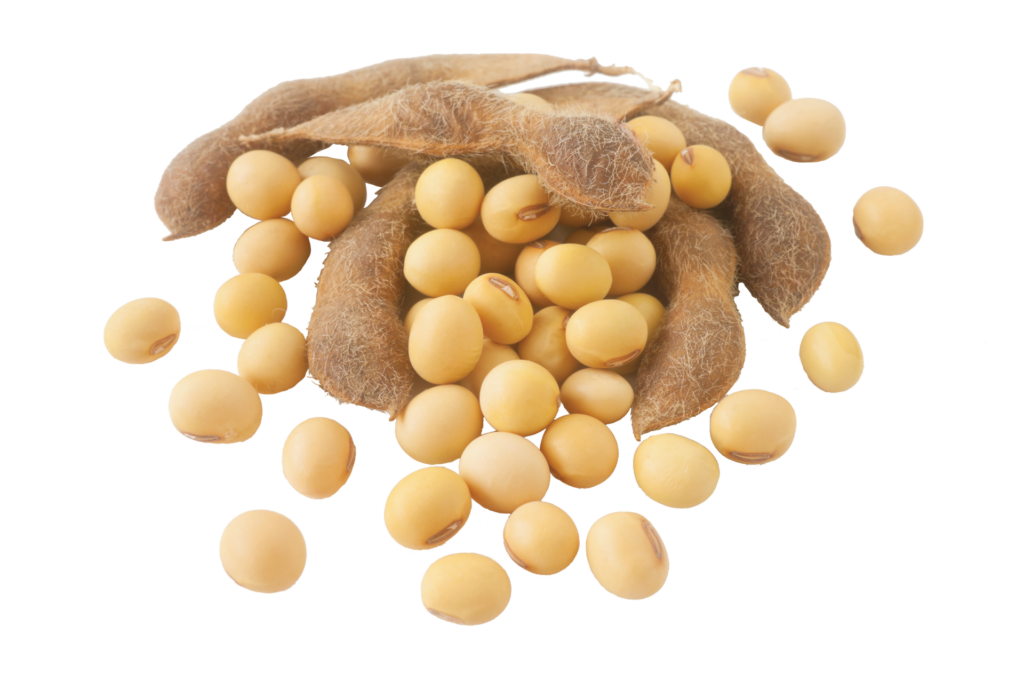
Super Soy
Soybeans and corn are Minnesota’s leading cash crops. These are the top crops that feed our cattle, hogs, and poultry. They are processed into thousands of other uses in human foods, industries, fuels, and more.
Planting and Harvesting
Soybeans and corn, both row crops, are planted in April and May. During the summer:
- Soybeans flower and produce pods (beans).
- Both crops are harvested in the fall.
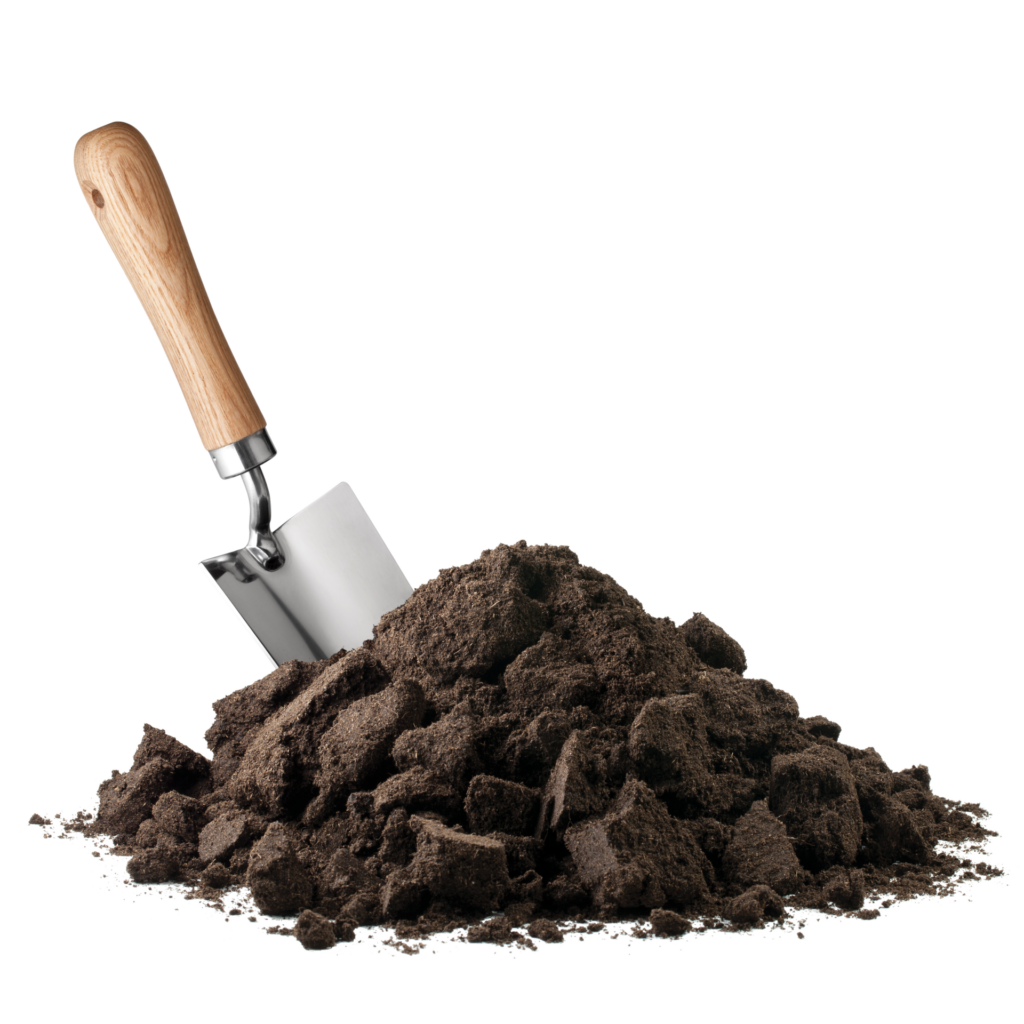
Storage and Transportation
Soybeans and corn are stored in grain bins on the farm or at local elevators. They are kept dry to prevent mold and spoiling. Farmers raising livestock often grind and mix soybeans and corn with other grains to feed their animals. Many farmers sell their crops, which are then hauled away from the farm by truck.
Processing
Cleaning is the first step. Then crops are processed in different ways, depending on how they will be used.
- Soybeans are mainly processed for oil, meal (flour), and biodiesel (biofuel). Corn is mainly processed for livestock feed, human food, and ethanol (biofuel).
- Soybean hulls are usually removed. Beans are warmed and moistened. The heat expands the beans and the hulls pop off. Then the beans are flattened into flakes, making it easier to remove the oil.
Interesting!
- The U.S. produces nearly half of the world’s soybeans.
- Henry Ford once built a car from soybeans. It was so tough he could beat on it with an axe!
Farm Crops
Crops feed both animals and people. Many of the foods you eat come from these crops. Most must be changed before you can use them. Then they look different on your plate.
Virtual Field Trips About Soybeans
Minnesota Agriculture in the Classroom is showing you around a variety of facilities where soybeans are grown, harvested and utilized in a variety of ways. Learn more about Minnesota soybeans below!



